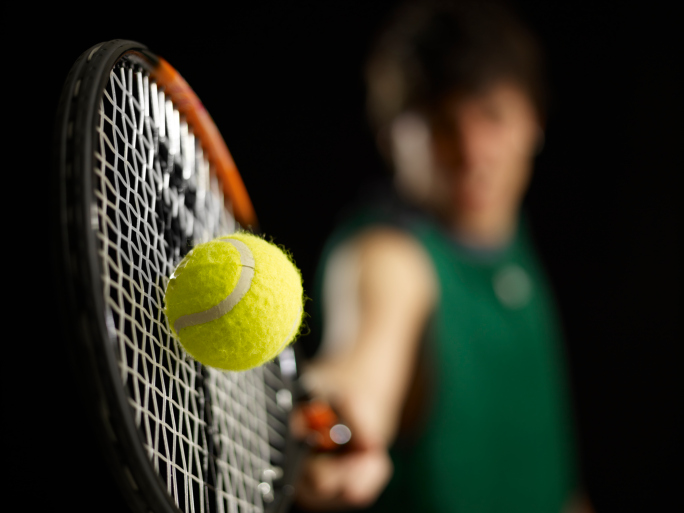Should We be Teaching Tennis or People?

Sparks flew during a panel discussion held at the First Annual New York Tennis Expo in April of this year. Following sophisticated presentations by a former touring pro and local tennis leaders, Nick Bollettieri opened his remarks by challenging the need for such highly technical information. I think/hope that Nick had a veiled twinkle in his eye when he said that the best teachers would simply tell their students to “just hit the damn ball.”
I find myself in the middle of these opposing positions. I love to learn about sports technology. When Tim Mayotte demonstrated the “unit turn” as a preparation for hitting a forehand, I immediately began to translate his comments into talking points for my students. And I agreed with Steven Kaplan when he criticized the practice of mindlessly accumulating miles as a conditioning technique for tennis. But Kaplan forced me to change my automatic recommendation about jumping rope. Despite claims by Jimmy Connors that jumping rope helped him stay fit like a boxer, Kaplan said “rope jumping is neurologically counter to tennis movement demands.” A solid technical knowledge is essential to a teaching professional, but may not be useful to the people they teach.
I recently spoke to the father of one of my 10 & Under students. He has developed an interest in tennis for himself, so I asked whom he was playing with. He told me that his teacher had asked him to refrain from playing for a few months until they had established a solid foundation in his stroke production. I thought tennis was a game that you played with or against other people, for the purpose of fun and fitness. I see people who take plenty of lessons whose strokes fall apart when they play. Instead of playing more, they sign up for more lessons. In this case, it sounds as if the lessons are only about isolated tennis skills, not playing tennis.
When I started playing, buying a racquet and some balls was the entry price for getting started. Lesson money was spent on piano or violin instruction. I benefited from the established custom that required people who wanted to play up to play down. That was a cultural/people thing. If you wanted to hit with a better player, you had to hit with someone not a good as you. And believe me, this was rigorously, though unofficially, enforced.
Imagine that a student wants a lesson in serving. When they demonstrate their serve, they are facing the net and hitting with a western forehand grip. The student tells me that they have been to two nationally acclaimed tennis academies in Florida, and have taken lessons from a well-regarded local pro. Here is the dilemma … do I teach correct tennis, or do I teach the person. I know they have heard all about the continental grip, pronation and the wrist snap. But, they do not want to serve correctly, they want to serve better. I would not change their grip or stance, but I would help them develop a more dependable toss and improve their weight transfer.
Imagine that this player’s serve then improves. They now want to serve and volley as they have seen this on television and it seems pretty effective. Since I try to teach people, I notice the student’s expensive knee brace, and I remember that they wear orthotics because their ankles are weak. I would give him them disappointing news that their physical condition prohibits them from playing professional style tennis. If they try to follow their serve to the net, they will probably stop about two-and-a-half big steps into the court, right at the doorway to no man’s land. An experienced player will place every return at their feet.
With a student like this, it is important to recognize and accept this established resistance to traditional training. It is better to teach them, rather than fit them into the mold.
Sometimes, we are asked to be the arbiter of rules and how to interpret them. Foot-faulting is clearly defined in Friend at Court, The USTA Handbook of Tennis Rules and Regulations. The simplest explanation is that when you are serving, you cannot put your foot on a line or inside the court. But this rule is often ignored and not enforced at the recreational and league level. I even see young students practicing their serves under the direction of a teacher, and they foot fault every time. This is a situation where strict teaching is more important than pleasing the student.
Nick Bollettieri closed his presentation at the New York Tennis Expo by edging toward the technical camp. Citing the latest research, he recommended that advancing players develop a killer shot and eliminate weaknesses.
We teachers are in the shifting middle, always evaluating how much we should simplify the sometimes very technical information that is so intriguing. And we should especially remember that what we applaud today could fall into disfavor tomorrow.






